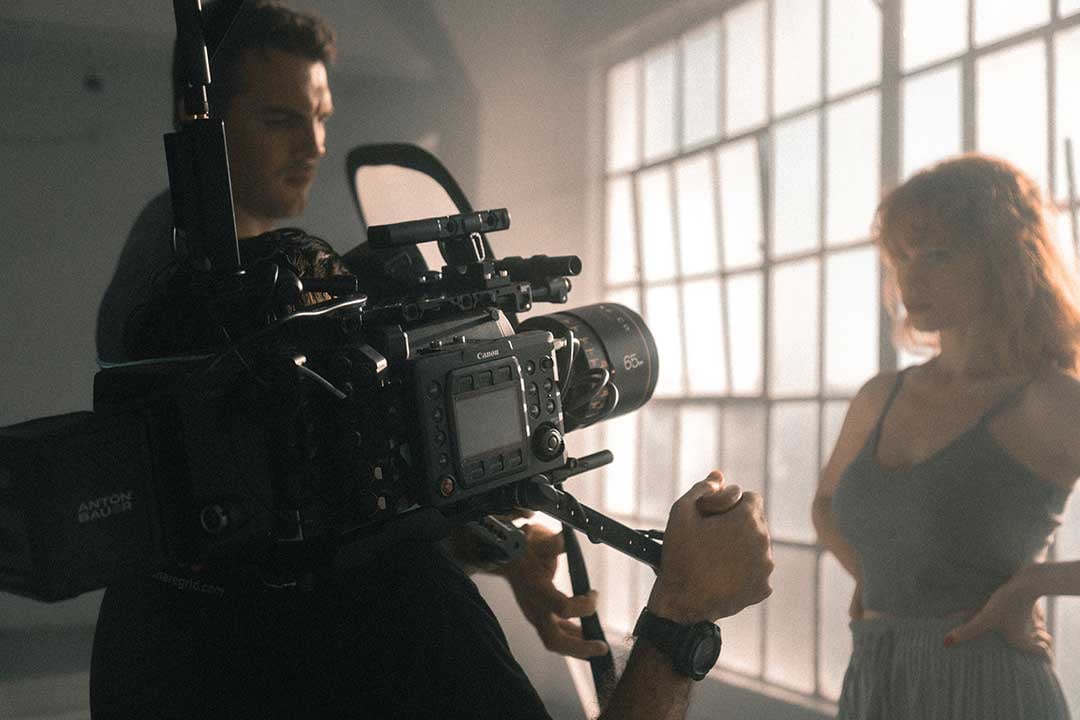
Learn how to protect your film project with information on all the different film insurance policies available (E&O, DICE, short shoot, etc.), including advice on how to reduce your project’s overall risk.
** Book includes coupon codes with discounts on various insurance policies amounting to $250 IN SAVINGS, including $150 in film/photo insurance policy savings. Coupons valid in Canada only; QC, ON, SK, NB are excluded. **
Production insurance is vital to financing your project. Why is insurance needed for your production? Three basic reasons are: legal, contractual and property protection.
As for legal reasons, nearly every location and financier requires that a production company/filmmaker carry some form of insurance. A good example of this is the need for general liability insurance to cover property damage and bodily injury to third parties. A building owner will want to be protected for any damage caused to the location. The building owner would also want to be protected from any lawsuits brought forth from a passerby that tripped on electrical cables or from injuries sustained by gear that falls off a roof.
The contractual reason is simple. If you are under contract with a broadcaster or distributor, most likely the contract will require you to have insurance coverage before you can access your payment draw-downs.
The property protection covers you against damage and loss to assets like production equipment that you are contractually responsible for as set out in your rental agreement with the rental company.
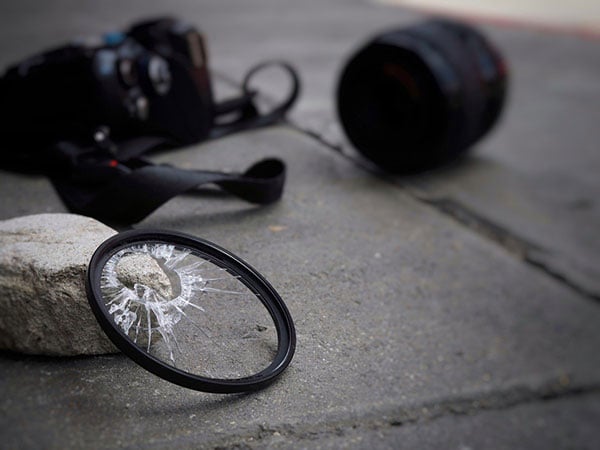
Keep a Minor Pratfall from Becoming Your Downfall
Ah, pre-production. You’re one small step closer to getting your project in the can! Your script treatments are finished, crew hired, and cast chosen. You’re ready to get started building sets, designing costumes, and planning your shooting schedule. Normally this is not the stage of the game where things go wrong, but let’s consider a couple of scenarios where something does:
A film producer’s risk policy (also called an “Entertainment Package Policy”), includes a number of coverages which protect you against situations like the above. These coverages include:
EE is a type of business interruption coverage which covers you for delays caused by loss or damage to property or facilities used in connection with the production. In example #1 above, it would compensate you for the additional cost and time of replacing the damaged set piece.
This coverage offers protection against damage or loss to the contents of your production office, including but not limited to:
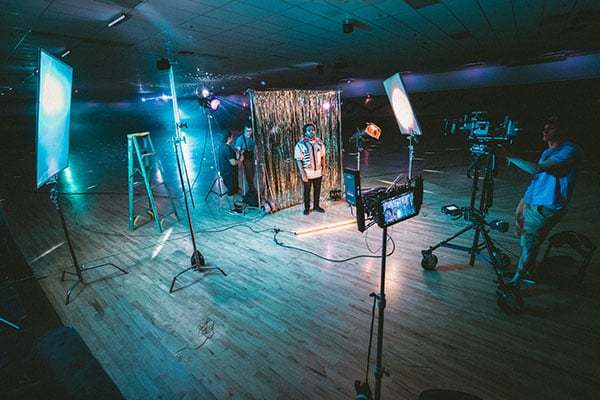
As the largest film insurance broker in Canada, Front Row can offer you excellent coverage with low premiums. We review your project with you to offer you the coverage that you need – nothing more.
We have offices in Vancouver, Toronto, Montreal and Los Angeles. We have a network of partner brokers around the world to assist wherever you are filming.
We have insured in excess of 5 billion dollars worth of production budgets over the last five years. You will be covered: on location, in studio, in the air, underwater--anywhere in the world that your filming takes you. We cover budgets that range from $2,000 to $200,000,000: large or small we can supply your production insurance solutions.
Some of the coverages we arrange includes:
When you are finished filming, we will arrange errors and omissions coverage for your project while in distribution or during broadcast.
Give us a call – we want to be part of your next production.
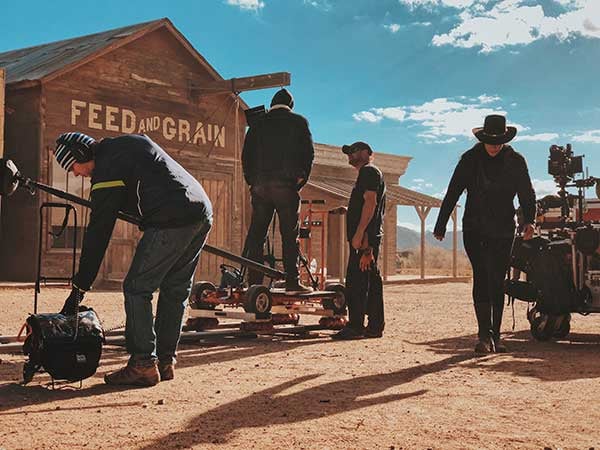
Usually the cost of film production insurance is determined by charging a pre-determined rate against the net insurable budget of the production. The net insurable budget is calculated by removing those items out of the gross budget that the client does not want to insure (i.e., Unit Publicity, Insurance, and General Expense). The film insurance rates will vary from production to production and depend on criteria such as:
Most of these factors will cause the film insurance premium to increase. The rate from the insurance company is applied against net insurable budget to determine the final premium. The number of episodes and length of production rarely have an impact on price. The only time this would have an impact is if it were a very short shoot and we could offer a short term policy. This type of policy would offer very limited coverages and would usually only offer coverage for 7 days or less.
In addition to the rate and net insurable, the Insurance Companies have a minimum premium that they have to charge for a policy to ensure they can cover all of the administration costs of issuing and servicing the policies. Their minimum premium threshold might cause two difference projects which have different budgets, to still have the same premium. This is usually the case in lower budget projects. The Insurance Company is stuck charging a minimum premium as they have to absorb the same administrative costs no matter what the budget of the production.
Our Short Term Production Insurance program can include the following coverage for up to 15-days: (note that this is for Canadian based producers only)
This unique offering allows owners of camera equipment, sound, lighting and other film equipment the opportunity to get quick quotes in 20 seconds and purchase insurance for their gear in less than five minutes, 365 days a year, 24/7.
All equipment is covered for: theft, damage, fire and loss of use. This short animation explains the coverage:
Wait for the $50 discount code at the end!
The policy term is for 12 months.
Rental equipment insurance coverage is also available.
The online link ensures industry-low prices:
Available to Canadian equipment owners at: https://digigearinsure.frontrowinsurance.com
Covers against all risks of direct physical loss, damage or destruction to cameras, camera equipment, sound and lighting equipment, grip equipment, portable electrical equipment and generators, mechanical effects equipment and similar miscellaneous equipment against direct physical loss or damage to said property. This coverage also typically includes loss of use of property of others for which the renter or producer is legally liable.
The limit of coverage for production equipment should be sufficient to cover the replacement cost of ALL equipment being used on the project.
Equipment owner operator insurance offered for Canadian film producers.
Most equipment rental houses will include in their contract a statement confirming renter’s requirement to fully insure the equipment in renter’s possession.
Did You Know?
If you are using an individual’s personal equipment, and your intent is to provide coverage for it while being used on the production, a legal contract must be executed to define your obligations as the insurer will look for your legal obligation to trigger coverage.
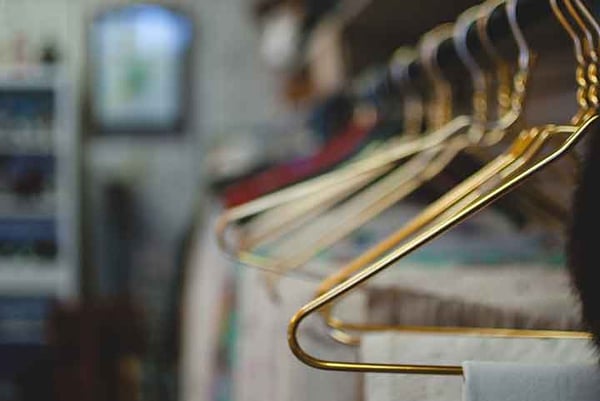
Provides coverage on props, sets, scenery, costumes, wardrobe and similar property against all risks of direct physical loss, damage, or destruction during the production.
There are typically restrictions or sub-limits under props/sets/wardrobe coverage for boats, train, planes, antiques, artwork.
Did You Know?
The insurance company will look for your legal obligation to provide coverage, so if your intent is to insure property being used for PSW, then we recommend that a legal contract be executed to define your obligation.

E&O insurance covers the production company against lawsuits alleging unauthorized use. It also protects against alleged libel, slander, defamation of character or invasion of privacy. This coverage will usually be required by a distributor, broadcaster or financier prior to the release of any theatrical or TV production. Production financing will usually not flow until E&O coverage is in force.
A producer will need to complete an application. Contact Us.
If coverage is required for the title, you must obtain a ‘Title Report & Opinion' from a recognized Title Clearance Company offering this service and submit the report to underwriters for final approval. You will also need a clearance report.
Premiums for E&O vary based on the content of the production. Every project is unique and requires a unique, custom E&O policy.
Upon receiving instructions from the Production Company to proceed, the broker will begin the clearance process. The lawyer for the underwriter will review and approve the clearances done by the producer’s lawyer. The fee for the insurance company lawyer’s service is included in the final premium. If coverage is not bound, the insurance company clearance fee (approximately $600) is payable and an invoice will be issued accordingly.
This is a great insurance policy to save you time and money if you anticipate multiple projects in the next 12 months.
Excludes*:
- Feature Length or Theatrical/Television Release over $150,000 budget
- Television Series or Episodes
- Productions with shooting periods +90 Days
(*unless specifically endorsed and in some cases an additional premium applies)
|
Coverage |
Limit of Liability |
Deductible |
|
Negative Film |
$150,000 |
NIL |
|
Faulty Stock |
$150,000 |
$2,500 |
|
Props, Sets & Wardrobe |
$50,000 |
$2,500 |
|
Rented Equipment |
$250,000 |
$2,500 |
|
Owned Mobile Equipment |
$20,000 |
$2,500 |
|
Owned Fixed Equipment |
$20,000 |
$2,500 |
|
Extra Expense |
$50,000 |
$2,500 |
|
Vehicle Physical Damage |
$250,000 Per Vehicle |
15%/$2,500 Min $10,000 Max |
|
Office Contents |
$100,000 |
$1,000 |
|
Third Party Property Damage |
$1,000,000 |
$1,500 |
|
Money & Securities |
$10,000 |
$1,000 |
|
Commercial General Liability |
$2,000,000 |
$500 |
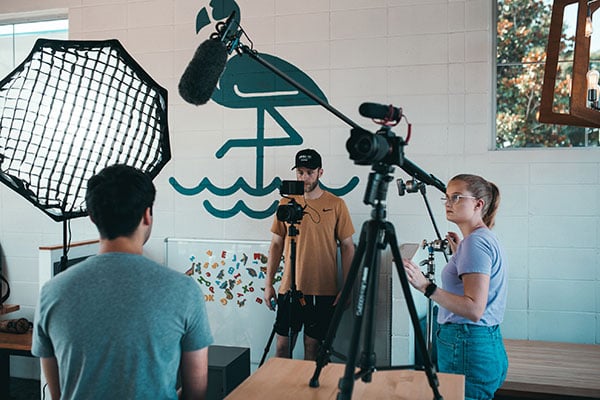
Third Party Property Damage Liability coverage provides insurance for the damage or destruction of property of others (including loss of use of the property) while the property is in the care, custody or control of the production company, and is used or is to be used in an insured production. This coverage is primarily purchased in relation to insuring against damage to a film location.
Third Party Property Damage may also be extended for damage to buildings and contents rented as living quarters for cast & crew during production.
Coverage does not apply to: liability for destruction of property caused by operation of any motor vehicle, aircraft or watercraft, including damage to the foregoing; liability for damage to any property rented or leased which may be covered under props, sets or wardrobe, or miscellaneous equipment coverage (except, that loss of use of any such equipment is covered), will fall under those respective coverages instead.
This type of exposure is not covered under a Comprehensive Liability policy. Property Damage coverage written as part of the Commercial General Liability Policy excludes damage to any property in the production company’s care, custody or control.
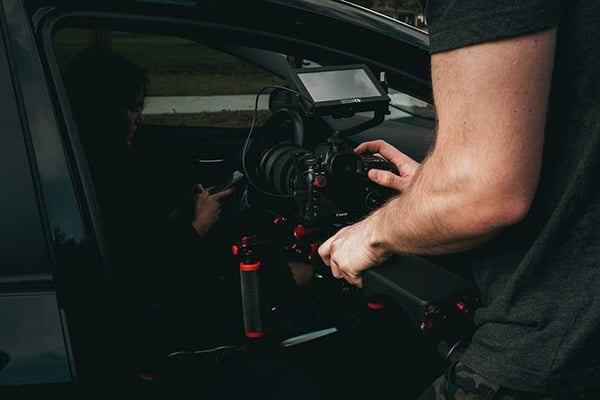
If you plan to rent a vehicle from a crew member for your film production, there are some important steps to follow to ensure everyone is covered.
With respect to damage to the vehicle or third parties during shooting, there are two things to think about which are handled differently by insurance: damage to the vehicle itself; and damage to third party's property (Property Damage) or third parties themselves (Bodily Injury).
If Production rents a vehicle from a rental car company, purchases the optional insurance, and adds all potential operators as drivers, then physical damage to the vehicle would be covered by the rental car policy. This would likely be your best bet as you can obtain coverage with no or small deductibles. As well, any accidents will not be charged against the driver's insurance, so they will maintain a clean driving record.
The production policy would also be in effect if, when using the driver's own vehicle, you had a deal memo with the driver stating that production was renting the vehicle. However, the deal memo with the driver would also have to state that they are an employee of production for coverage to be in effect.
If the driver is operating their own vehicle, and you have no deal memo in place, you will not have any coverage for damage to their vehicle under your policy. Damage to their vehicle would have to be paid for by their own insurance policy (if they have physical damage insurance with ICBC or another insurer), or by themselves if they have no policy. I understand that production could always reimburse a driver for a incident, and this is obviously always a business decision you can make. Strictly speaking however, in this scenario, the owner/driver is on their own. If production does decide to reimburse a driver for damage to their vehicle, you should have a release signed whereby the driver/owner agrees to hold the Production harmless from any further claim. Otherwise, the driver could collect money from production, then claim from ICBC, and still come after production for compensation.
A typical production company will purchase liability insurance to provide coverage for claims relating to third party bodily injury and/or property damage caused by the production’s activities. As the majority of production companies will use vehicles on/off set, along with mobile equipment, watercraft and/or aircraft, they must also consider liability protection for these exposures too.
Whichever type of liability policy or policies are selected by a production company; there is a “primary” layer of coverage. Depending upon the limit of the primary general liability coverage, a production company may wish to purchase additional limits of protection: a filming location may require 10mil or more of coverage although 5mil is a common limit of coverage in Canada.
This additional layer of liability coverage is called umbrella or excess coverage.
Either Excess or Umbrella coverage is triggered when the primary protection’s limits have been breached, i.e. the underlying policy limit is exhausted.
Theoretically, an Umbrella Policy supplements it’s excess coverage to include miscellaneous and unidentified loss exposures that are not covered by an underlying policy. This is an advantage of an umbrella liability policy. Since there isn’t a source of primary protection for these exposures, a form of high deductible, called a self-insured retention, is applied to such losses.
An Excess Policy does NOT provide broader coverage; it only serves to supplement whatever coverage exists in the primary layer. It’s becoming increasingly common for such coverage to be provided on a Following Form basis. These forms are written so that they track the coverage, exclusions, and provisions of the underlying policies.

CGL policies protect the production company against claims for bodily injury or property damage liability arising out of filming the picture. This coverage will be required prior to filming on any city or provincial roadways, or any locations sites requiring filming permits.
Coverage can be amended to include an international indemnification clause which can provide coverage if shooting overseas.
Coverage may also include auto liability for non-owned vehicles (both on and off camera). Non-owned auto liability* only applies as primary insurance in jurisdictions where the auto insurance industry is privatized (such as Ontario, Alberta, and the United States), otherwise it applies as excess insurance and another liability policy must be in force (although this is often maintained by the vehicle owner/lessor).
There is limited or no coverage for autos, aircraft, watercraft or snow machines under the Commercial General Liability coverage. Details on use of these should be advised so coverage can amended or separate policies purchased.
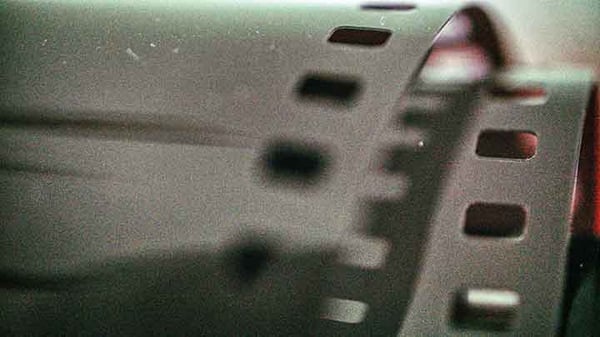
Negative Film / Videotape and Faulty Stock / Camera & Processing Equipment Insurance can be put in place to cover the additional expenses/costs that a production company could incur in order to re-shoot/edit footage due to a loss.
Coverage against all risks of direct physical loss, damage, or destruction of digital media, raw film or tape stock, exposed film (developed or undeveloped), recording videotape, sound tracks and tapes, up to the amount of the insured production cost.
Covers loss, damage or destruction of digital media, raw film or tape stock, exposed film (developed or undeveloped), recorded video tape, sound tracks and tapes, caused by or resulting from fogging or the use of faulty equipment (including cameras and video tape recorders); faulty sound equipment; faulty developing; faulty editing and faulty processing; and accidental erasure of video tape recording.
No coverage applies unless ALL equipment is fully tested and proved to be sound at the commencement of filming / taping.
Did You Know?
Most broadcasters and financing bodies require the limits for Negative Film & Videotape & Faulty Stock Camera & Processing coverages to be the full limit of the budget.
Crew members on film productions, short films, commercials, documentaries and music videos should always be covered by work comp insurance - the risk of going without is too great.
If you are a crew member working on a low or micro budget film production, you should always ask the producer if they have workers compensation coverage for the crew and general liability coverage for the production in general.
Workers comp. will provides benefits to workers injured on the job such as: medical costs, rehab costs and loss of future earnings all per the policy wording. In most states and provinces the film maker is obligated to provide coverage for any cast or crew that they hire. In some cases coverage is arranged through a private entertainment insurance broker and in some cases it is arranged directly through the state or provincial agency responsible for providing work comp.
The benefit to the producer is that once the injured crew member accepts the work comp benefits, they usually waive the right to sue the producer. This is good insurance for the producer.
Sometimes that insurance company or government work comp agency will not provide coverage if the crew and cast are not being paid as there is no way to determine loss of future earnings. For this reason the producer should arrange to make nominal payments to cast and crew.
 An approved cast doctor will save a film producer time and money when obtaining film production insurance for a film production.
An approved cast doctor will save a film producer time and money when obtaining film production insurance for a film production.
Cast insurance covers against extra expenditures incurred by the production caused by death, sickness, disability or kidnapping of insured cast members, director, DOP, or anyone else designated under cast coverage. Financiers and distributors will usually require cast insurance before they release funds.
Five reasons why it is well worth the effort to seek out an experienced doctor that is familiar with cast exams:
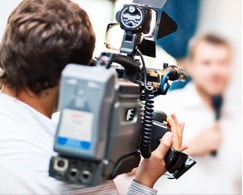 When film production equipment is damaged or stolen what do you do? Ultimately your film production equipment insurance policy should provide the necessary coverage to replace your equipment; however it can take weeks, sometimes months to get insurance claims paid out. So what do you do in the meantime?
When film production equipment is damaged or stolen what do you do? Ultimately your film production equipment insurance policy should provide the necessary coverage to replace your equipment; however it can take weeks, sometimes months to get insurance claims paid out. So what do you do in the meantime?
If you intend to continue your business, you must resume all or part of your operations as quickly as possible, and that work requires equipment. ‘Extra Expense’ coverage provides reimbursement for any costs that exceed normal operating expenses that would have been incurred had there not been a loss. Extra Expense will pay the costs for you to rent replacement equipment along with any temporary relocation, space rental and additional crew salaries. Extra Expense coverage is not automatically included on a HD production equipment insurance policy. Make sure your film equipment rental insurance policy includes EE.
Does your current policy provide this coverage?
Receive a free no obligation Equipment Insurance quote that includes extra Expense Coverage here!
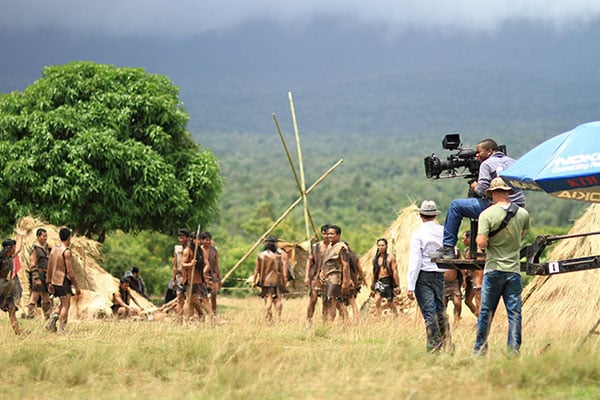
When production activities occur outside of the US or Canada, there may be additional insurance coverages that are either mandatory or that should be considered. Requirements and recommendations will vary depending on the country in question and the type of activity occurring there. A list of some of the most commonly purchased coverages outside of the US or Canada are as follows:
Film Production Insurance claims can be settled quickly with a minimum of stress if the right steps are followed.
Front Row Insurance Brokers Inc. provides claims reporting, monitoring, and advocacy services for clients, including preparing and reviewing loss runs and developing claims procedures. We are a liaison between you and your insurance company or a third party adjuster. The primary goal is to provide you with knowledgeable, empathetic, fast service. In the event of a claim, please contact your account executive.
Our services include designing and implementing claims reporting and handling procedures, monitoring losses to initiate necessary action on a client’s behalf, ensuring timely and equitable settlement of claims, and providing status reports on all monitored claims.
Your account executive will need to know:
All incidences should be reported promptly. If you are not sure there is coverage, we can advise you. Most coverages have deductibles which are applied to each claim. Each loss is determined to be a claim and subject to a separate deductible.
No loss is easy to endure, but there are steps you can take to speed the process of putting your operations back in order.
Learn how to protect your film project with information on all the different film insurance policies available (E&O, DICE, short shoot, etc.), including advice on how to reduce your project’s overall risk.
** Book includes coupon codes with discounts on various insurance policies amounting to $250 IN SAVINGS, including $150 in film/photo insurance policy savings. Coupons valid in Canada only; QC, ON, SK, NB are excluded. **
DISCLAIMER: Informational statements regarding insurance coverage are for general description purposes only. These statements do not amend, modify or supplement any insurance policy. Consult the actual policy or your broker for details regarding terms, conditions, coverage, exclusions, products, services and programs which may be available to you. Your eligibility for particular products and services is subject to the final determination of underwriting qualifications and acceptance by the insurance underwriting company providing such products or services. This website does not make any representations that coverage does or does not exist for any particular claim or loss, or type of claim or loss, under any policy. Whether coverage exists or does not exist for any particular claim or loss under any policy depends on the facts and circumstances involved in the claim or loss and all applicable policy wording.
Amazon Associates Disclosure: Front Row Insurance is a participant in the Amazon Services LLC Associates Program, an affiliate advertising program designed to provide a means for sites to earn advertising fees by advertising and linking to Amazon. This post may contain affiliate links. There is no additional cost to you.